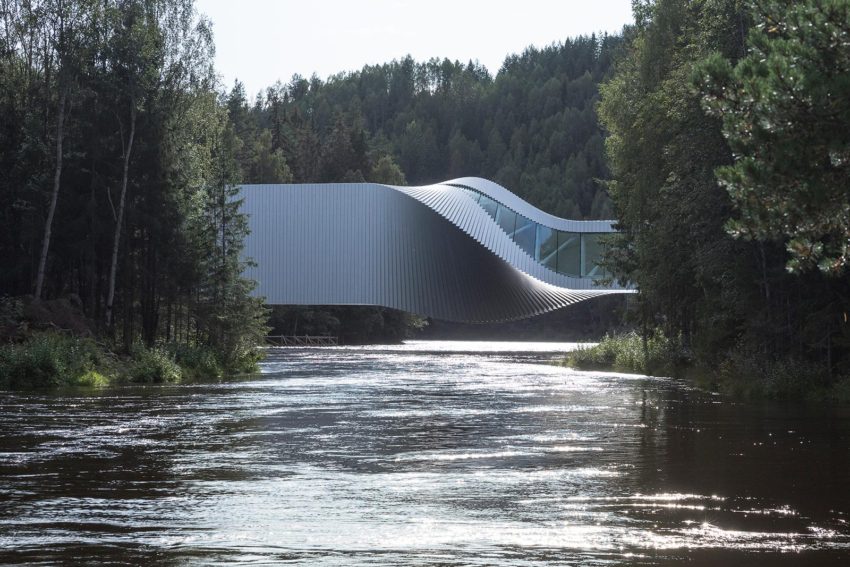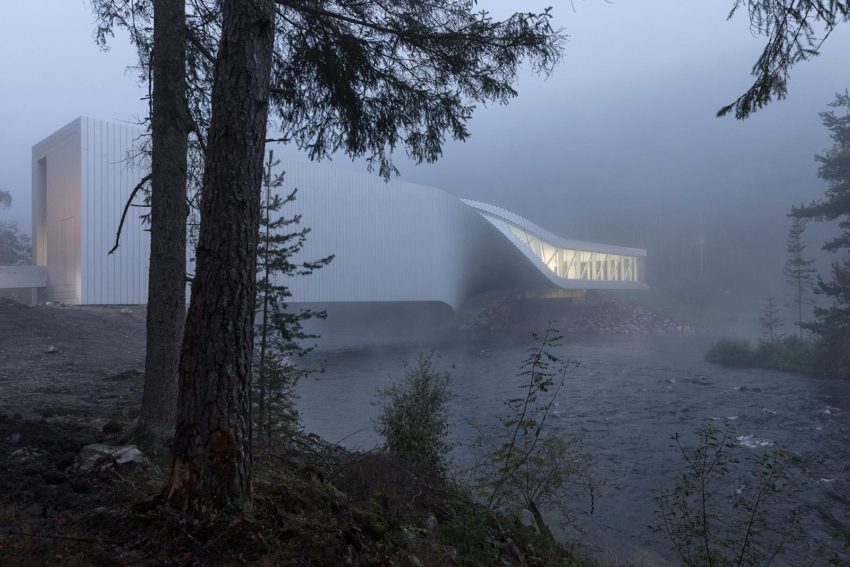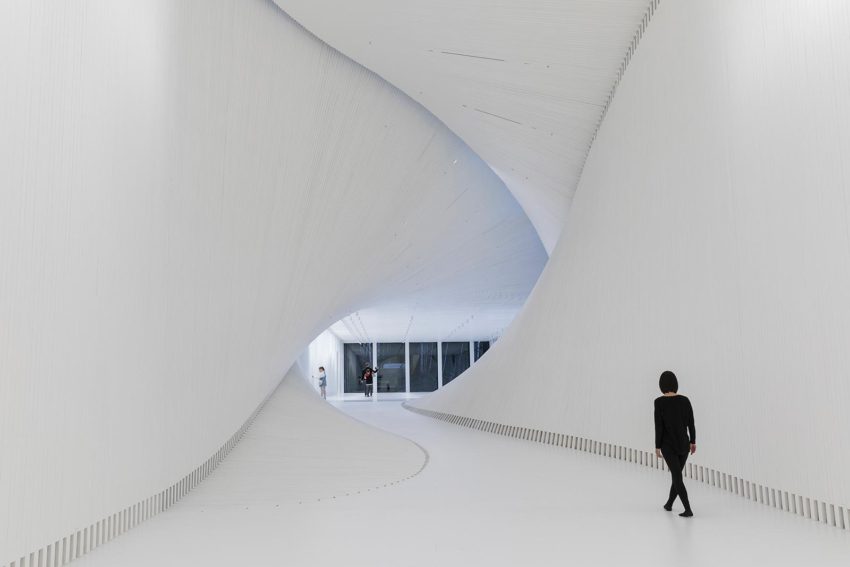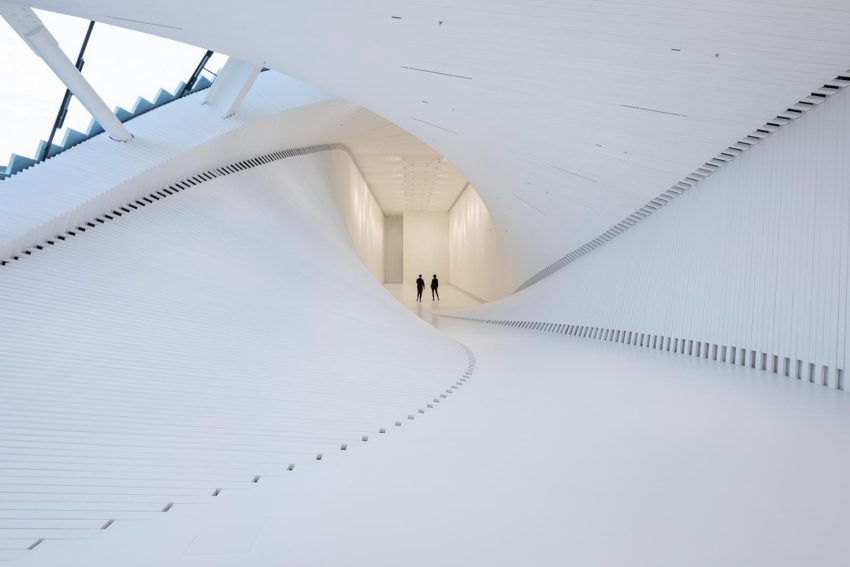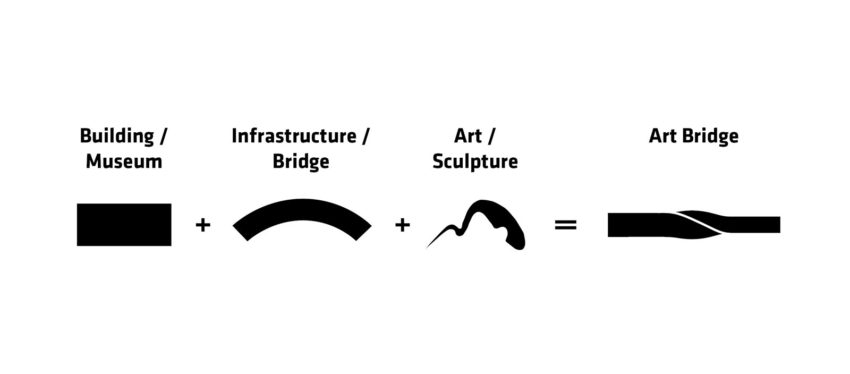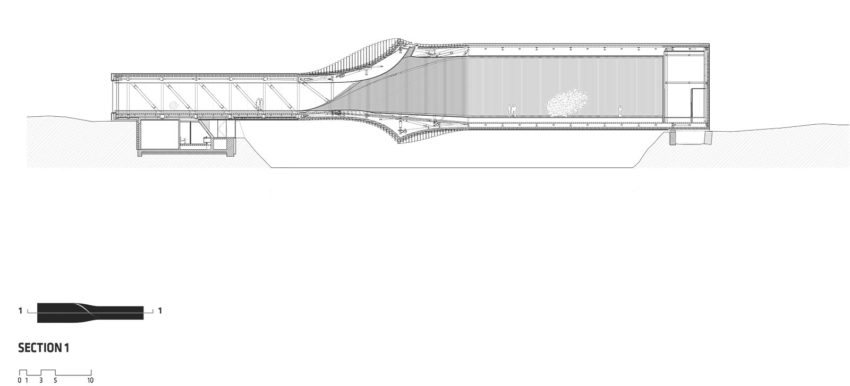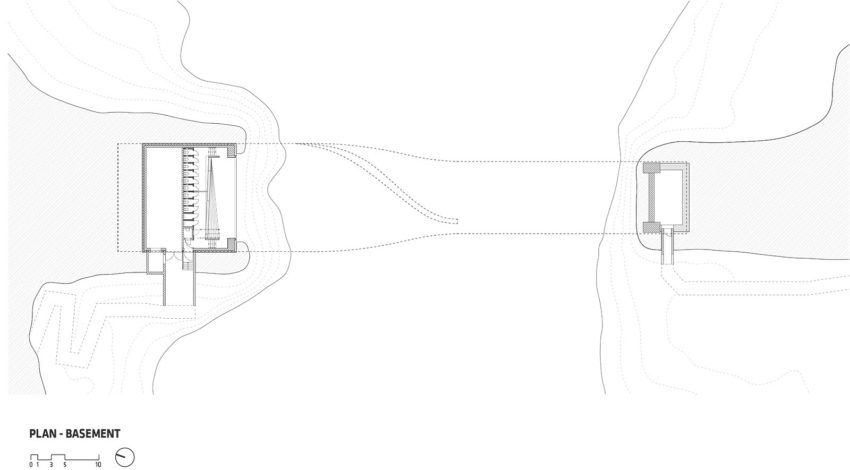In 2019, the Danish architecture firm Bjarke Ingels Group (BIG) completed the Twist Museum in Jevnaker, Norway. This innovative structure serves as both a museum and a bridge, seamlessly integrating with the surrounding landscape as a striking example of land art intervention. The building’s design features a unique twist, creating dynamic interior spaces that showcase art in a truly immersive environment. Spanning the Randselva River, the Twist Museum not only connects two parts of the Kistefos Sculpture Park but also offers visitors panoramic views of the natural surroundings, blending art, architecture, and nature harmoniously.
The Twist Museum Technical Information
- Architects1-2: BIG – Bjarke Ingels Groups
- Location: Jevnaker, Norway
- Client: Kistefos Museum
- Topics: Bridges, Museums
- Area: 1,000 m2
- Project Year: 2019
- Photographs: © Laurian Ghinitoiu
For me, architecture is the means, not the end. It’s a means of making different life forms possible.
– Bjarke Ingels 3
The Twist Museum Photographs
Text by the Architects
Traversing the winding Randselva River, BIG’s first project in Norway, The Twist, opens as an inhabitable bridge torqued at its center, forming a new journey and art piece within the Kistefos Sculpture Park in Jevnaker, Norway. Kistefos’ new 1,000 m2 contemporary art institution doubles as infrastructure to connect two forested riverbanks, completing the cultural route through northern Europe’s largest sculpture park.
Built around a historical pulp mill, The Twist is conceived as a beam warped 90 degrees near the middle to create a sculptural form as it spans the Randselva. Visitors roaming the park’s site-specific works by international artists such as Anish Kapoor, Olafur Eliasson, Lynda Benglis, Yayoi Kusama, Jeppe Hein, and Fernando Botero, among others, cross The Twist to complete the art tour. As a second bridge and natural extension to the park, the new museum transforms the visitor experience while doubling Kistefos’ indoor exhibition space.
A simple twist in the building’s volume allows the bridge to lift from the lower, forested riverbank in the south up to the north’s hillside area. As a continuous path in the landscape, both sides of the building serve as the main entrance. From the south entry, visitors cross a 16 m aluminum-clad steel bridge to reach the double-height space with a clear view to the north end, similarly linked with a 9 m pedestrian bridge. The museum’s double-curved geometry is comprised of straight 40 cm wide aluminum panels arranged like a stack of books, shifted ever so slightly in a fanning motion. The same principle is used inside with white painted 8 cm wide fir slats cladding the floor, wall, and ceiling as one uniform backdrop for Kistefos’ short-term Norwegian and international exhibitions. From either direction, visitors experience the twisted gallery as though walking through a camera shutter.
On the north end, a full-height glass wall offers panoramic views of the pulp mill and river tapers while curving upward to form a 25 cm wide strip of skylight. Due to the curved form of the glass windows, the variety of daylight entering the museum creates three distinctive galleries: a wide, naturally lit gallery with panoramic views on the north side; a tall, dark gallery with artificial lighting on the south side; and, in between, a sculptural space with a twisted sliver of roof light. The ability to compartmentalize, divide, or merge the gallery spaces creates flexibility for Kistefos’ artistic programming. A glass stairway leads down to the museum’s lower level on the north river embankment, where the building’s aluminum underside becomes the ceiling for the basement and restroom area. Another full-width glass wall brings visitors even closer to the river below, enhancing the overall immersive experience of being in the idyllic woodlands outside of Oslo.
The Twist Museum Plans
The Twist Art Museum Gallery
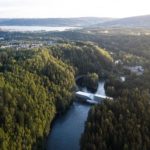
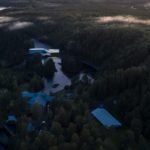
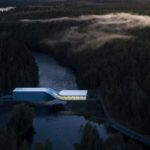
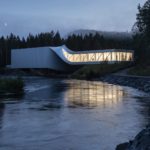

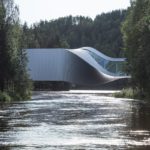




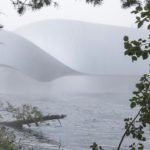
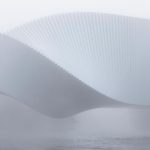
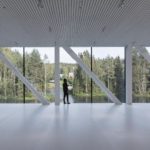
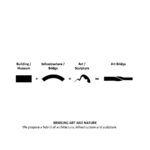


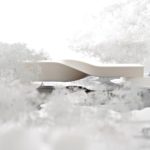
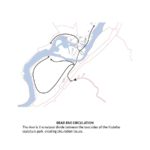
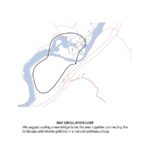

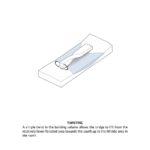
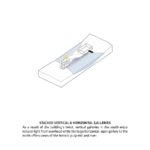
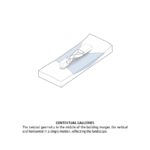

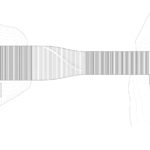
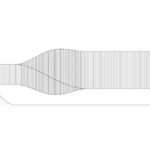
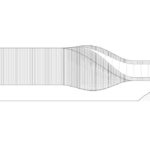

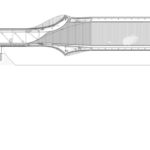

About Bjarke Ingels Groups
Bjarke Bundgaard Ingels is a Danish architect, founder, and creative partner of Bjarke Ingels Group (BIG). The studio has worked on numerous projects worldwide, all sharing a visionary view and an interest in innovative theories about contemporary society and lifestyles. Its two offices in Copenhagen and New York bring together professionals from all over the world, promoting cultural exchange as a source of wealth in design.
- Design Principles: Bjarke Ingels, David Zahle, Eva Seo-Andersen, Mikkel Marcker Stubgaard
- Project Design Team: Aime Desert, Alberto Menegazzo, Aleksandra Domian, Aleksandra Sobczyk, Alessandro Zanini, Alina Tamosiunaite, Andre Zanolla, Balaj Alin Ilulian, Brage Mæhle Hult, Brian Yang, Carlos Ramos Tenorio, Carlos Surrinach, Casey Tucker, Cat Huang, Channam Lei, Christian Dahl, Christian Eugenius Kuczynski, Claus Rytter Bruun de Neergaard, Dag Præstegaard, David Tao, Edda Steingrimsdottir, Espen Vik, Finn Nørkjær, Frederik Lyng, Jakob Lange, Joanna M. Lesna, Kamilla Heskje, Katrine Juul, Kekoa Charlot, Kei Atsumi, Kristoffer Negendahl, Lasse Lyhne-Hansen, Lone Fenger Albrechtsen, Mads Mathias Pedersen, Mael Barbe, Marcelina Kolasinska, Martino Hutz, Matteo Dragone, Naysan John Foroudi, Nick Huizenga, Nobert Nadudvari, Ovidiu Munteanu, Rasmus Rosenblad, Richard Mui, Rihards Dzelme, Roberto Fabbri, Ryohei Koike, Sofia Rokmaniko, Sunwoong Choi, Tiina Liisa Juuti, Tomas Ramstrand, Tore Banke, Tyrone Cobcroft, Xin Chen
Q&A with Bjarke Ingels: On architectural alchemy | TED Blog



